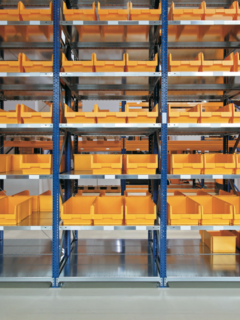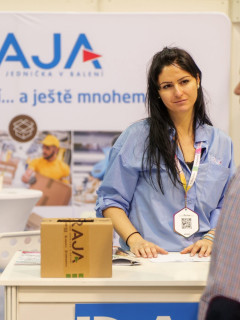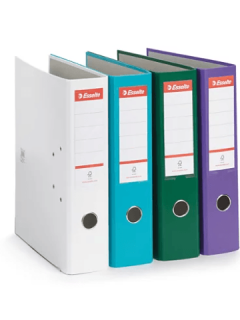Everybody knows self-adhesive packaging for documentation. It is stuck on all kinds of shipments and clearly highlights important transport documents that relate to the goods being transported. In addition, it protects documents such as delivery notes, receipts, warranty cards, manuals or invoices from damage and the weather. There are a variety of variations, prints and sizes for optimal selection according to the size and purpose of the self-adhesive packaging.
But how are these useful envelopes for accompanying documents actually produced? Our supplier, Debatin, is happy to answer this question for you:
Transparent document covers
A large roll of silicone paper is at the beginning. This roll is unwound at high speed and the wound film paper is passed through a machine in which hot glue at 180°C is applied. In a further procedure, the bottom of the foil envelope is bonded to the paper. Now a second film of highly transparent polyethylene is added. This ensures transparent visibility and legibility of the documents that you will later insert into the cover. The two foils are welded together. Finally, a cover strip is glued to the self-adhesive part of the envelope, which is located on the top mouth of the envelope. The unprinted documentation covers are machine cut, always in rows of four side by side. After this step, they are separated by hand to allow for the best possible quality control. Employees test the quality of the products immediately when packing the finished products.
The advantage of the unprinted transparent envelope is not only the universal use on pallets, crates, packages, tubes, but also the trouble-free scanning of shipping and mailing companies’ information labels, which is not possible, for example, with a red printed envelope.
Printed packaging for documentation
Printed envelopes clearly indicate information about the inserted documents. Not only can you find the standard Czech printing “DOCUMENTS ENCLOSED”, but thanks to the multilingual variants such as “PACKING LIST” or “DOCUMENTS ENCLOSED – DOCUMENTE” etc., it can be used without problems for international transport of goods.
During production, this text is printed on the packaging before cutting. After the first colour layer has been applied, the thermal blowing process is next. The solvent evaporates and the paint dries. The documentation packaging now goes through a second dye roller, which prints the text in black lettering. To ensure that the ink can be applied optimally to the cover, the printing area is of course roughened beforehand. In this way, even multi-colour printing will not smudge.














